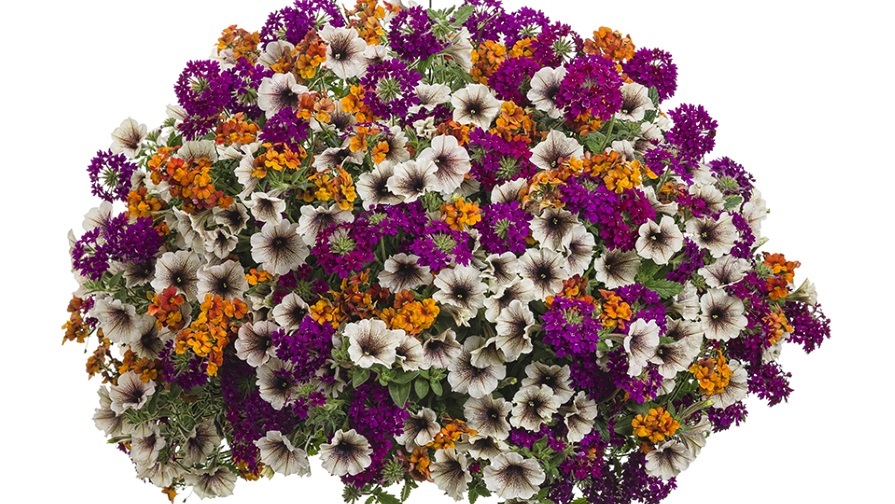Impatiens Downy Mildew Returns
Impatiens Downy Mildew, which began significantly impacting landscape plantings in 2011, is back again in 2012. Or possibly it never actually went away. Cornell’s Margery Daughtery and Ann Chase of Chase Consulting co-presented on recognition and management of Downy and Powdery Mildews Saturday at OFA Short Course, and Daughtery says the situation is already as widespread as last year, if not more so.
“We have seen it on Long Island and in New Jersey, Pennsylvania, Ohio, Michigan, Indiana, Illinois, Virginia and other states as well, she says.
While it’s possible some of the disease was transported north from South Florida where there was a significant outbreak at the beginning of 2012, it’s also likely that some incidences are the results of infected plants in the landscape in 2011. There was concern about oospores produced in the stems of plants being carried over from year to year in landscape beds, and Daughtery says she did see Impatiens Downy Mildew overwintering on Long Island. “We don’t really know how many years those spores will survive,” she says.
Weather conditions were particularly conducive to the disease this spring after a mild winter. “We were hoping it would be a spring and fall disease but so far it’s not intimidated by summer temperatures. For a crop with as much importance as impatiens, this is obviously a problem for our industry,” Daughtery says.
There are steps you can take to limit the chances of Impatiens Downy Mildew impacting your crop, of course. There are also a number of good alternatives available as landscapers, and perhaps consumers, who have been affected look to try something different. But work is being done on understanding and fighting back against the disease.
“We don’t want to give up on impatiens too early. In the ’90s you couldn’t grow a vinca because of Phytophthora. That’s no longer the case. We’ve started working on this quickly, so I’m hopeful we can find some solutions,” Chase says.
Visit the American Floral Endowment site for more information.









